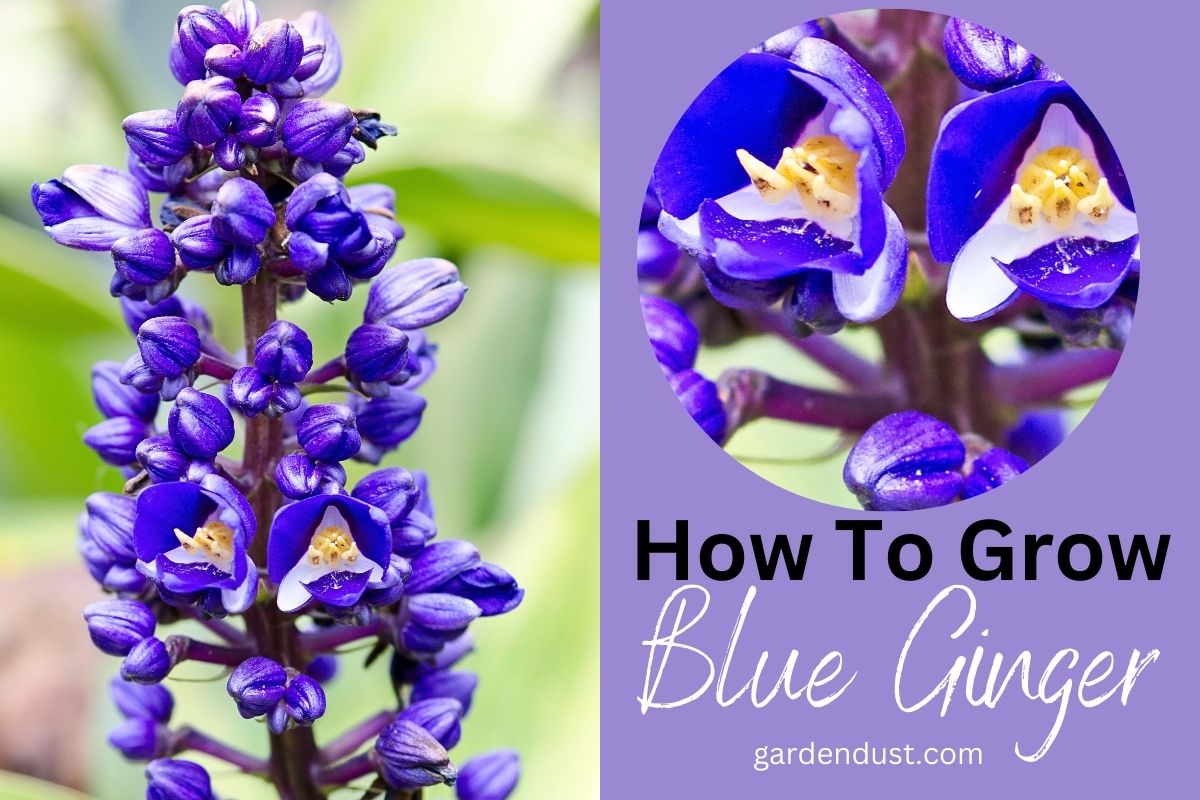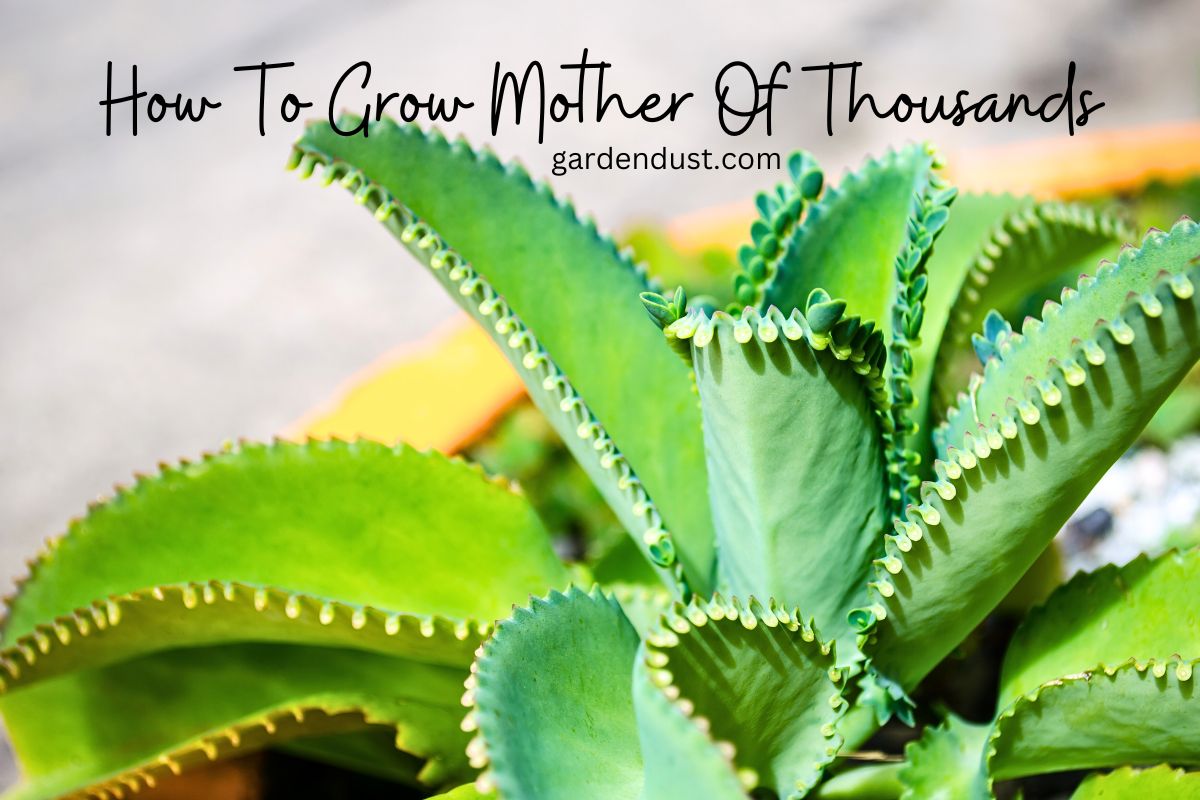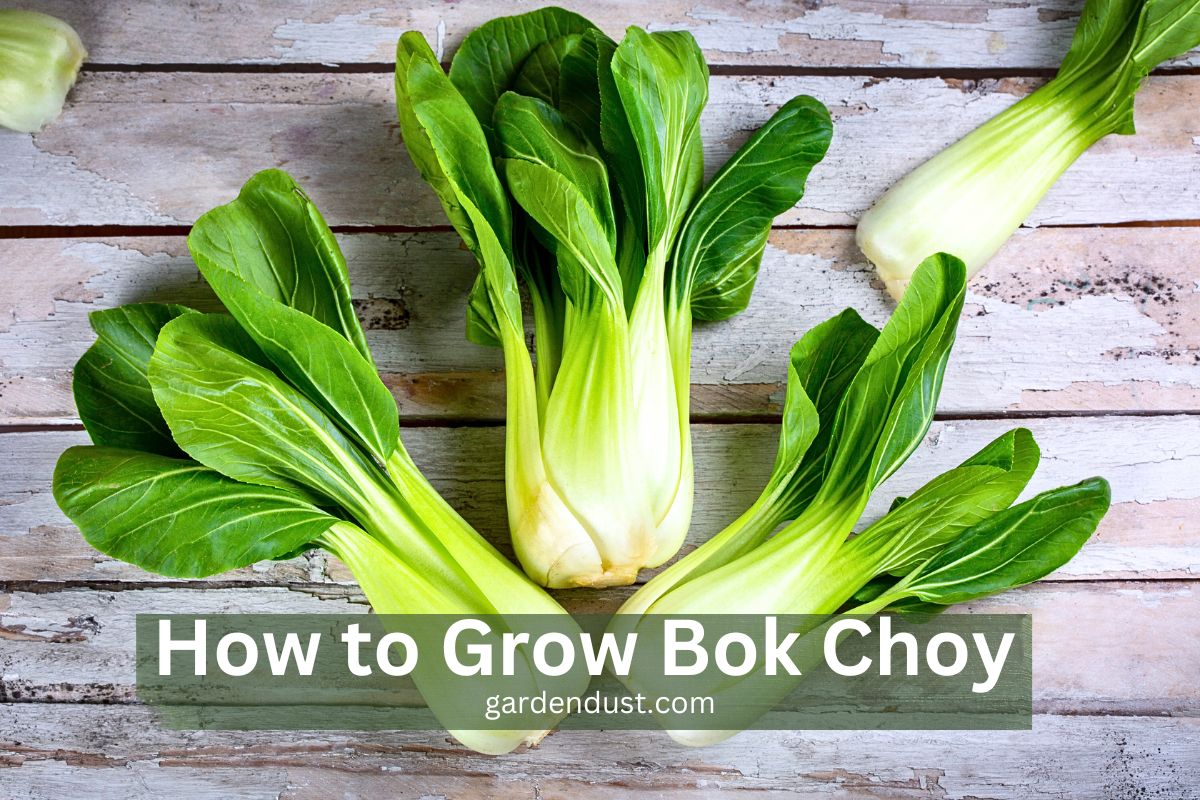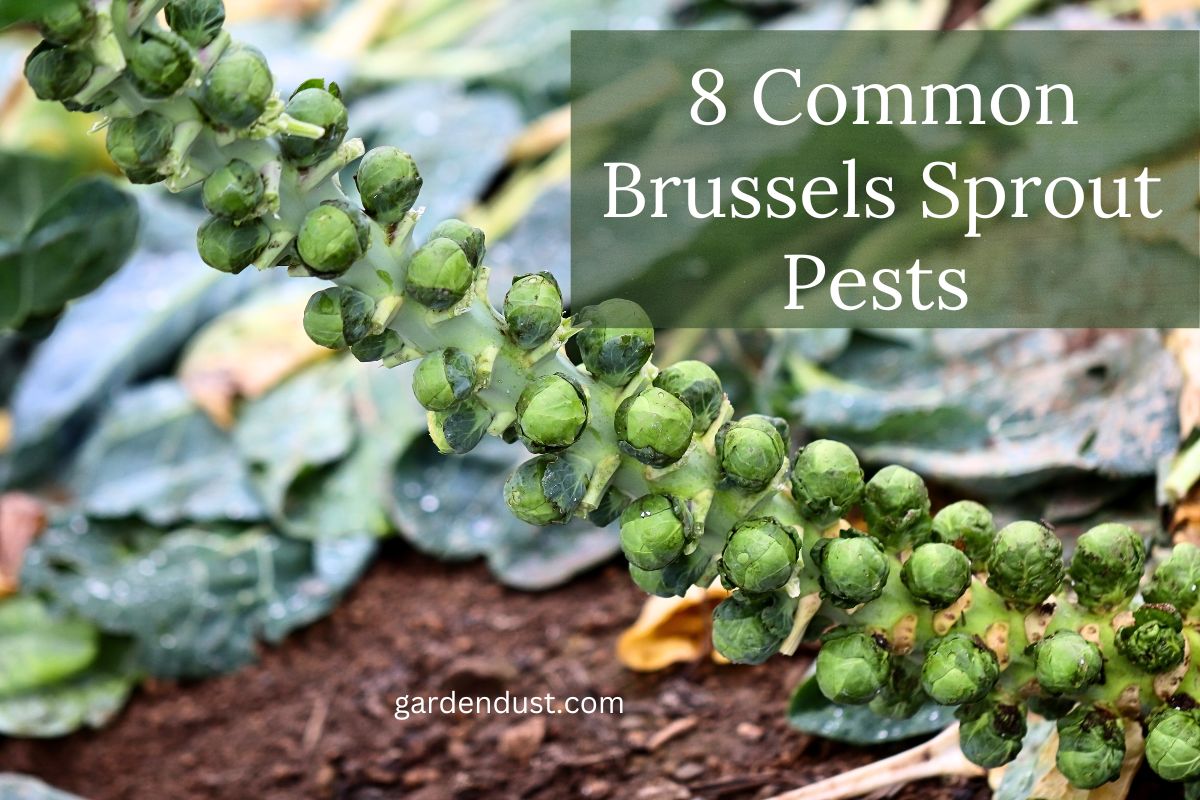Rosemary, with its fragrant leaves and versatile culinary uses, is a beloved herb in gardens and kitchens worldwide. Whether you’re an experienced gardener or a novice with a green thumb, learning how to grow and care for rosemary can be a rewarding experience. This aromatic herb not only adds flavor to your dishes but also provides a beautiful addition to your garden or balcony. In this comprehensive guide, we will explore the various aspects of How To Grow And Care For Rosemary plants. Let’s start…
Native-Mediterranean Region
Plant -Fragrant And Versatile Herb
Usages – Culinary And Medicinal Applications
Botanical Name-“Rosmarinus Officinalis”
Family -Lamiaceae
Plant Type -Evergreen Perennial Shrub
Selecting the Right Variety
Before you start growing rosemary, it’s essential to choose the right variety that suits your climate and intended use. There are several rosemary cultivars available, each with its unique characteristics. Some popular varieties include:
- Common Rosemary (Rosmarinus officinalis): This is the standard variety and is well-suited for general culinary and ornamental purposes.
- Prostrate Rosemary (Rosmarinus officinalis ‘Prostratus’): A trailing variety perfect for ground cover or hanging baskets.
- Tuscan Blue Rosemary (Rosmarinus officinalis ‘Tuscan Blue’): Known for its tall, upright growth and strong flavor, it’s an excellent choice for cooking.
- Arp Rosemary (Rosmarinus officinalis ‘Arp’): Highly cold-resistant, making it suitable for colder climates.
Choose the variety that best fits your region’s climate and your intended use for rosemary.
READ ALSO:-How To Grow And Care For Tansy Plant
Soil Preparation
Rosemary thrives in well-draining, slightly acidic soil. Here’s how to prepare the ideal soil conditions for your rosemary plants:
- Soil Type: Use a sandy or loamy soil mix for rosemary. This helps ensure good drainage and prevents root rot.
- pH Level: Aim for a slightly acidic soil with a pH range of 6.0 to 7.0.
- Amendments: If your soil is heavy clay or lacks drainage, add organic matter like compost to improve its texture.
- Container Growing: If you’re growing rosemary in containers, use a high-quality potting mix designed for herbs and ensure the pot has drainage holes.
Planting Rosemary
Once you have the right variety and soil, it’s time to plant your rosemary:
- Timing: In most regions, spring is the ideal time to plant rosemary. Ensure the threat of frost has passed.
- Spacing: Space your rosemary plants 24 to 36 inches apart to allow for proper air circulation.
- Plant Depth: When transplanting, place the rosemary at the same depth as it was in its nursery container.
- Mulching: Apply a layer of mulch around the base of the plant to help retain moisture and deter weeds.
Watering
Rosemary is relatively drought-tolerant once established, but it’s crucial to water it properly, especially during the initial stages:
- Initial Watering: Water thoroughly after planting to help the roots establish. Ensure the soil is consistently moist but not waterlogged.
- Established Plants: Once established, rosemary prefers to dry out slightly between waterings. Water when the top inch of soil feels dry.
- Avoid Overwatering: Overwatering can lead to root rot. Ensure proper drainage and use a moisture meter to gauge soil moisture accurately.
Sunlight
Rosemary thrives in full sun, so choose a sunny spot in your garden or on your balcony:
- Sun Requirements: Provide at least 6-8 hours of direct sunlight daily for optimal growth and flavor.
- Container Plants: If growing in containers, place them where they can receive ample sunlight.
Pruning and Maintenance
Proper pruning and maintenance are essential to keep your rosemary healthy and vibrant:
- Pruning: Regularly trim the tips of the branches to encourage bushier growth. Avoid cutting into woody stems as rosemary may not sprout new growth from old wood.
- Harvesting: Harvest rosemary leaves as needed for culinary use. It’s best to do this in the morning when the essential oils are most concentrated.
- Fertilization: Rosemary doesn’t require frequent fertilization. Apply a balanced, slow-release fertilizer in spring if your soil lacks nutrients.
- Pest and Disease Control: Keep an eye out for pests like aphids and spider mites. If necessary, treat them with organic pest control methods.
Winter Care
In colder climates, rosemary may need some protection during the winter months:
- Mulching: Apply a thick layer of mulch around the base of the plant to insulate the roots from freezing temperatures.
- Covering: In extreme cold, consider covering your rosemary plants with frost blankets or moving potted rosemary indoors.
- Pruning: Trim back your rosemary in late fall to reduce its size and minimize potential winter damage.
Propagation
Propagation is the process of creating new rosemary plants from existing ones. There are several methods you can use to propagate rosemary, including:
Seed Propagation:
- Collect rosemary seeds from mature plants or purchase them from a reputable source.
- Fill seed trays or pots with a seed-starting mix.
- Sprinkle the seeds evenly on the soil surface, then lightly cover them with a thin layer of soil.
- Water gently to settle the seeds in the soil.
- Place the trays or pots in a warm, well-lit location, such as near a sunny window or under grow lights.
- Keep the soil consistently moist but not waterlogged.
- Seedlings should emerge in a few weeks. Once they have several true leaves, transplant them into larger containers or directly into the garden.
Cutting Propagation:
- Take a 4-6 inch long cutting from a healthy rosemary plant. Choose a stem that is not too woody and has no flowers or buds.
- Remove the lower leaves, leaving only a few leaves at the tip.
- Dip the cut end of the cutting in rooting hormone powder to encourage root development.
- Plant the cutting in a well-draining potting mix or a mix of perlite and vermiculite.
- Water the cutting lightly and cover it with a plastic bag or a clear plastic dome to create a humid environment.
- Place the cutting in a bright, indirect light location, avoiding direct sunlight.
- Keep the soil consistently moist but not waterlogged.
- Once roots have developed (usually in 4-8 weeks), transplant the cutting into a larger pot or the garden.
Layering Propagation:
- Layering is a method where you encourage a stem on an existing rosemary plant to form roots while still attached to the mother plant.
- Select a low, flexible stem on the rosemary plant and gently bend it down to the ground.
- Scrape the bark on the underside of the stem where it touches the ground and apply a rooting hormone.
- Secure the stem in contact with the soil using a small stake or rock.
- Keep the soil around the layered stem consistently moist.
- After a few months, the layered stem should develop roots.
- Carefully sever the newly rooted stem from the parent plant and transplant it to its desired location.
Division Propagation:
- This method is best suited for mature rosemary plants that have become large and bushy.
- Dig up the entire rosemary plant and carefully divide it into smaller sections, ensuring that each division has both roots and foliage.
- Replant the divisions in well-prepared soil or pots.
- Water the divisions thoroughly after transplanting.
- Keep the soil consistently moist until the divisions establish themselves as individual plants.
Propagation allows you to expand your rosemary collection or share plants with friends and family. Choose the method that suits your preferences and the resources you have available. With proper care, your propagated rosemary plants will grow into healthy, thriving additions to your garden or herb collection.
Usage And Benefits –
- Culinary Usage
Rosemary, with its delightful aroma and robust flavor, finds extensive usage in culinary delights. Its needle-like leaves serve as a flavorful seasoning, enhancing the taste of roasted meats, vegetables, soups, and marinades. It also adds a unique twist to baked goods and can be used to create infused oils and vinegars for salad dressings and dipping sauces.
- Health Benefits
Beyond its culinary allure, rosemary boasts a range of health benefits, thanks to its antioxidant-rich composition. Its anti-inflammatory properties can alleviate conditions like arthritis, while aiding digestion and reducing indigestion symptoms. Some studies suggest rosemary may enhance memory and cognitive function, and its essential oil is commonly used in aromatherapy to reduce stress and promote mental clarity. Furthermore, rosemary’s antibacterial and antifungal attributes make it a valuable ingredient in natural remedies for skin issues.
- Aromatic Usage
The aromatic qualities of rosemary extend to its role in potpourri, sachets, and home deodorizers, adding a pleasant and long-lasting fragrance. Whether you’re a culinary enthusiast, health-conscious individual, or simply seeking a fragrant touch in your life, rosemary offers a versatile array of uses and benefits.
- Other Usages
Rosemary offers diverse uses, including as an herbal tea renowned for its potential to aid digestion and alleviate headaches. Planted strategically, its aromatic scent can act as an effective insect repellent. Across cultures, rosemary holds symbolic value, signifying remembrance, weddings, and symbols of loyalty and friendship. Additionally, it has been harnessed in traditional medicine to address respiratory issues, headaches, and menstrual discomfort, showcasing its multi-faceted utility in various aspects of life.
Growing and caring for rosemary can be a gratifying experience, whether you’re cultivating it for culinary purposes, ornamental beauty, or its aromatic qualities. By selecting the right variety, providing the ideal soil conditions, and offering proper care in terms of water, sunlight, and maintenance, you can enjoy a thriving rosemary plant in your garden or on your balcony. With patience and attention to detail, you’ll soon have a bountiful supply of this versatile herb at your fingertips, enhancing your culinary creations and adding fragrance to your outdoor space. Happy Gardening…






